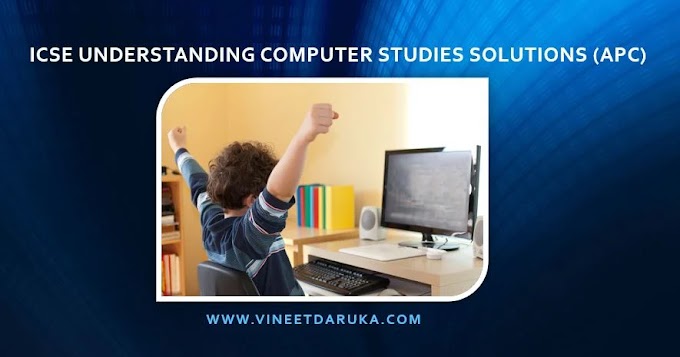What is Internet?
The term 'Internet' stands for International Network. The Internet is world wide network of computers which allows the sharing of large amounts of information. In this networking system, computers are connected through cables or wireless links. The Internet connects millions of computers around the world. Thus, the Internet is a global network which has revolutionised communication in today's world.
The Internet is a system through which we can communicate with people or access information from any part of the world. Computers access and retrieve digital information with the help of the Internet. These signals are communicated through modems, phone lines, satellites, etc. The information obtained from the Internet is called online information. The process of interconnecting computers and exchanging information is done through TCP/IP ( Transmission Control Protocol/Internet Protocol).A protocol is a procedure through which communication is conducted over the Internet. It transmits audio, videos, graphic images, etc.
Uses of Internet
- We can access information about anything on the Internet.
- We can send messages, greetings, etc. to our friends and relatives by using an e-mail.
- We can watch movies and play computer games on the Internet.
- We can chat on the Internet and make new friends.
- We can buy things on the Internet (Online shopping/e-shopping
Commonly used Internet terms
Uniform Resource Locator (URL)
Protocol
Hyperlinks
Search Engines
Electronic Mail or e-mail
Advantages of e-mail
- It is very cheap as compared to other communication services.
- It is versatile in nature. You can send pictures, worksheet, word document etc. as an attachment.
- It can be sent any time of the day or night.
- It is one of the fastest ways of communication where messages can be sent anywhere around the world instantly.
Disadvantages of e-mail
- It can be impersonal and easily misunderstood by people.
- It's attachment can contain viruses.
- It can be time-consuming when answering complicated questions. (One can use telephone for providing detailed answers.)
- It is compulsory to have an e-mail address for both sender and receiver.
Terms related to e-mail
- Inbox - All the received mails are collected in the Inbox.
- Sent Mail - All the sent mails are stored here.
- Spam - The junk mail received from any unknown source is called 'Spam'.
- Trash - All the deleted e-mails are stored in 'Trash'. It will remain in the trash for a period for 30 days. In case the deleted mails need to be viewed, then it can be done within this period. After 30 days, the trashed mail gets deleted permanently.
- cc - It stands for 'Carbon Copy'. The mail IDs entered under 'cc' will receive a copy of your mail. In this situation, other receivers will come to know who else have been given the same copy of the mail.
- bcc - It stands for 'Blind Carbon Copy'. The mail IDs entered under 'bcc' will be hidden from other receivers. Other receivers will not be able to know who else have been given a copy of the same mail.






